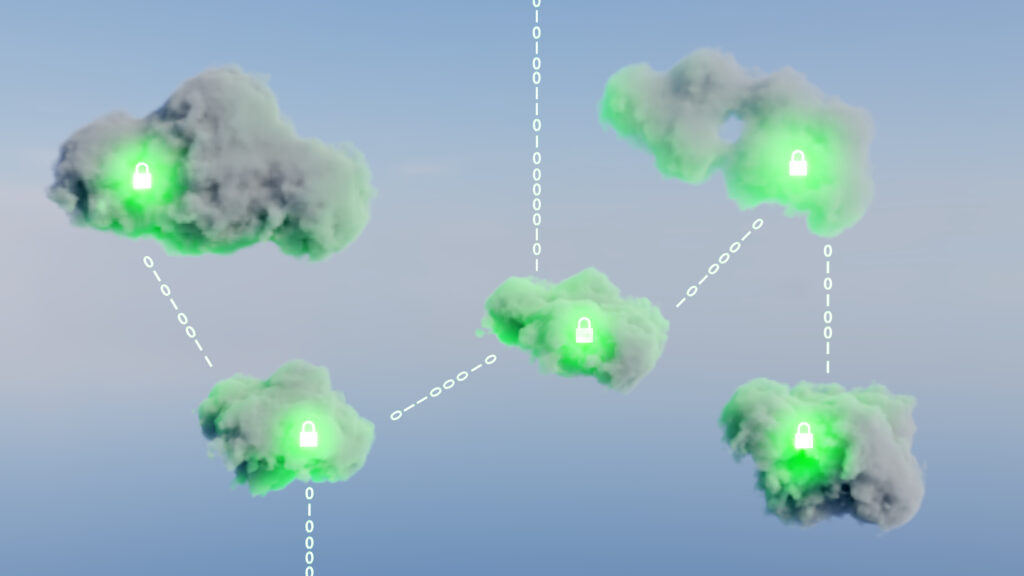In the world of modern IT, hosting applications in the cloud has become the norm rather than the exception. It offers numerous benefits, such as cost savings, increased agility, and scalability. Cloud services have become a fundamental aspect of many businesses. As the reliance on cloud computing grows, so too does the focus on cloud security compliance. But what is it, why is it important, and how can we continue to protect sensitive data and maintain the trust of stakeholders.
What is Cloud Security Compliance
Cloud security compliance refers to the process of ensuring that the use of cloud services meets defined security and compliance requirements.
Cloud security compliance protects data, applications, and the associated infrastructure within cloud environments. It’s all about adhering to regulatory standards and frameworks that ensure data protection within the cloud.
This doesn’t just mean deploying a security solution and calling it a day. True compliance involves a multi-layered approach, incorporating a mixture of human strategies and automated measures like cloud security automation.
Importance of Cloud Security Compliance
The importance of cloud security compliance cannot be overstated. With increasing regulatory requirements, businesses are under more scrutiny than ever to ensure their cloud service adheres to the necessary regulatory standards. It’s not just about avoiding penalties for non-compliance; enforced cloud security compliance is a crucial aspect of data protection, helping to safeguard sensitive data from breaches and other security risks.
At the end of the day, you are responsible for securing your data and workloads in the cloud and in doing so providing a testament to your commitment to information security, bolstering your business’s reputation and earning your customers’ trust.
From GDPR to HIPAA, ISO 27001 to NIST, each compliance framework outlines specific security controls and measures businesses should have in place to secure their cloud environment. Adherence to these standards helps companies protect sensitive data and meet regulatory requirements.
Cloud Compliance Frameworks and Standards
Cloud compliance isn’t a one-size-fits-all concept. As mentioned, various frameworks and standards cater to different industries and types of data. For instance, HIPAA regulates healthcare-related data, while PCI DSS applies to payment card information.
NIST (National Institute of Standards and Technology) is a popular set of standards that outlines best practices and provides an extensive set of guidelines on data security and privacy.
Aside from regulatory compliance standards, many organizations choose to implement their own internal security controls: From access management to network security, your cloud security compliance checklist should include robust security controls across your organization.
Compliance with Tufin’s Solutions
Ensuring compliance in a dynamic cloud environment is no easy task. It requires continuous monitoring, regular audits, and robust cloud security. Tufin’s solutions are automated to make this process seamless.
Our multi-cloud security and hybrid cloud security solutions offer comprehensive visibility across cloud platforms, from AWS and Google Cloud to Microsoft Azure, making it easy to maintain consistent security controls and adhere to compliance standards.
For further insights into the basics of cloud security and how it impacts your enterprise, explore our blogs on cloud security basics and enterprise cloud security.
Meeting Cloud Security Compliance with Automation
One of the best ways to ensure cloud compliance is by leveraging automation. Cloud security automation can simplify compliance management, reduce the risk of human error, and maintain and optimize the process.
For example, Tufin’s cloud security automation tool is designed to automate and enforce compliance across your cloud services, reducing the complexity and boosting your overall security and compliance posture.
Conclusion
Compliance is not a one-time event but an ongoing process that requires regular reviews and adjustments.
In this journey, Tufin’s cloud security solution can be your partner, providing a comprehensive toolset to automate, enforce, and monitor compliance in your cloud environment.
For more insights, refer to our earlier discussions on cloud security basics and the evolving cloud security challenges.
Ready to Learn More
Get a Demo





